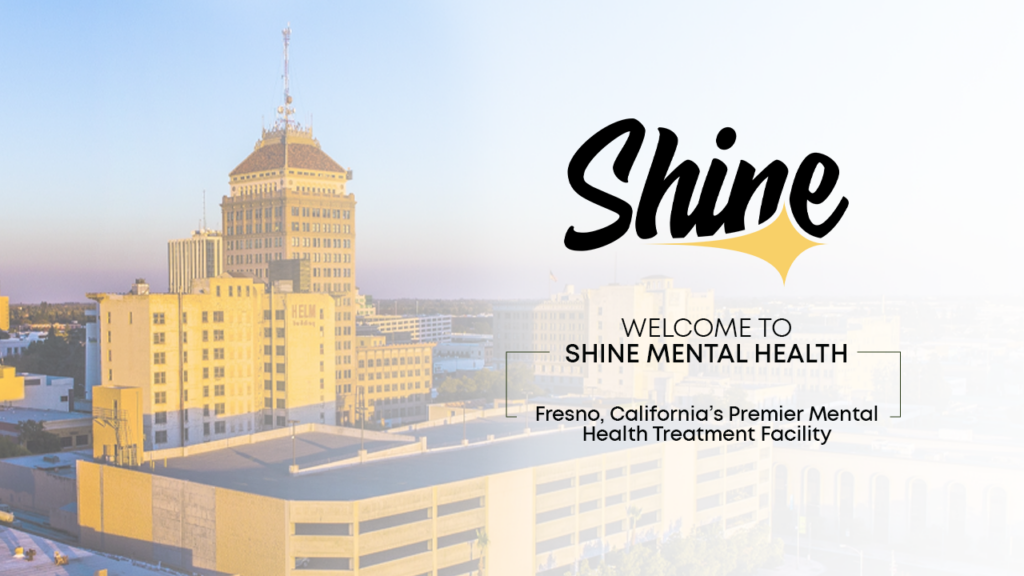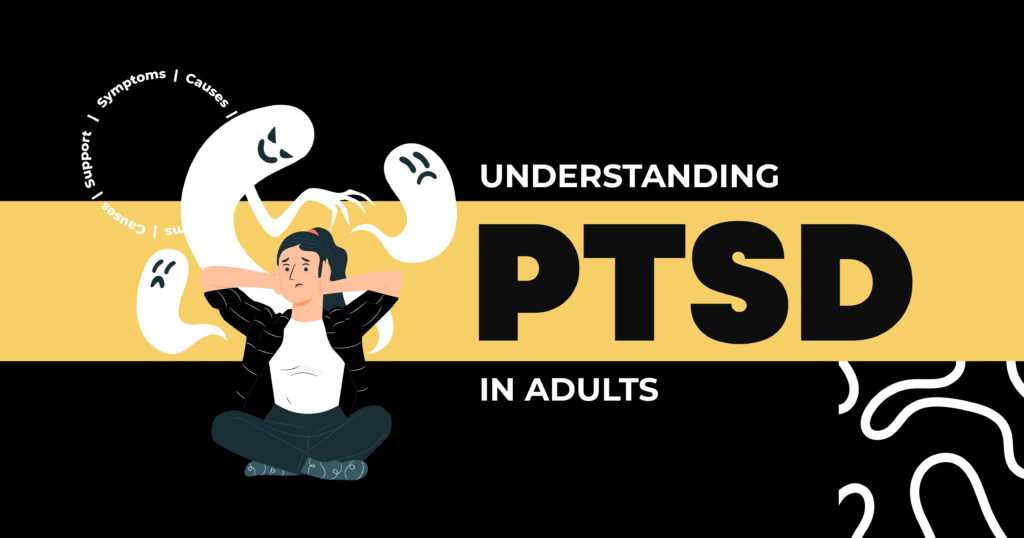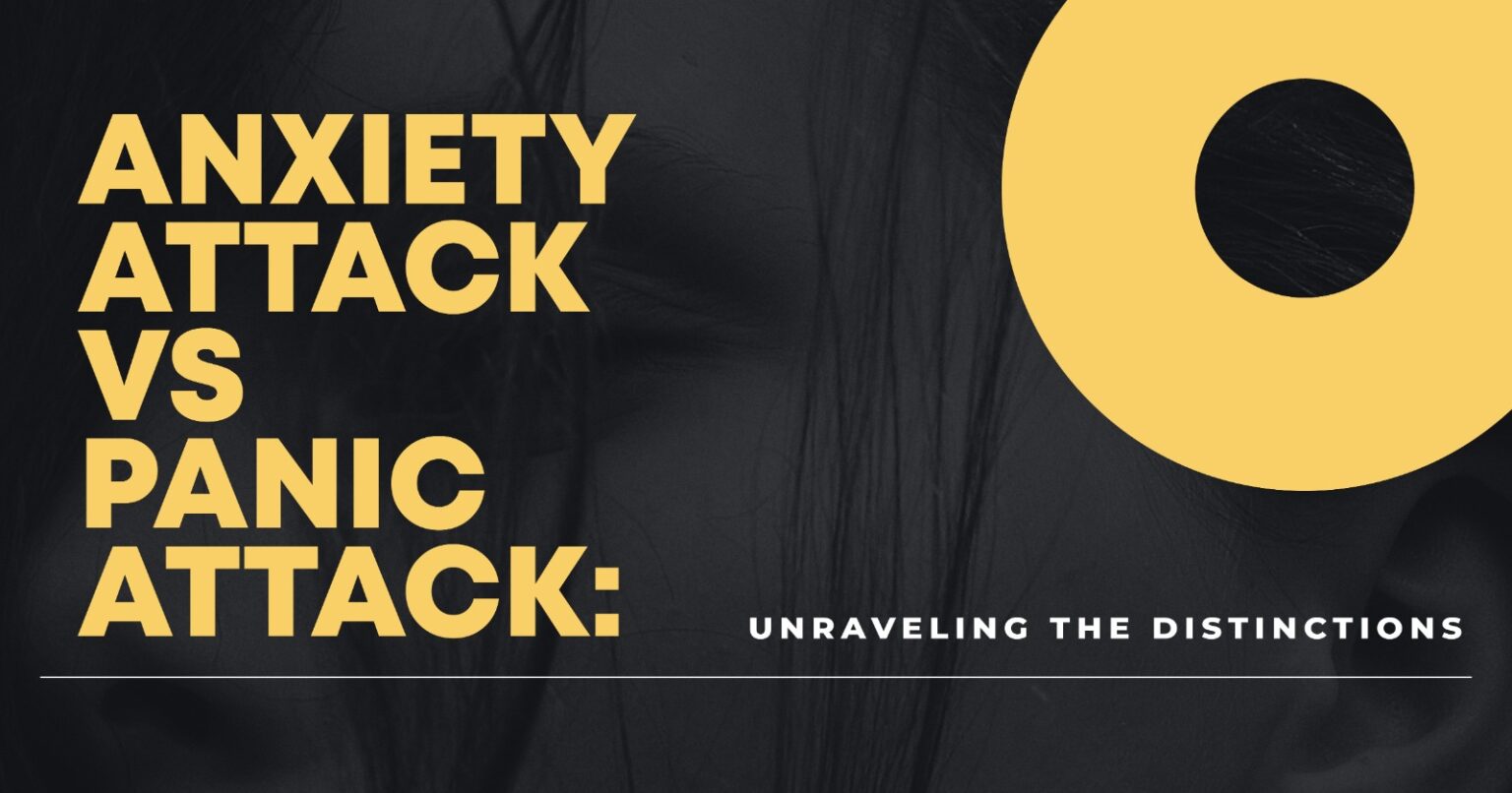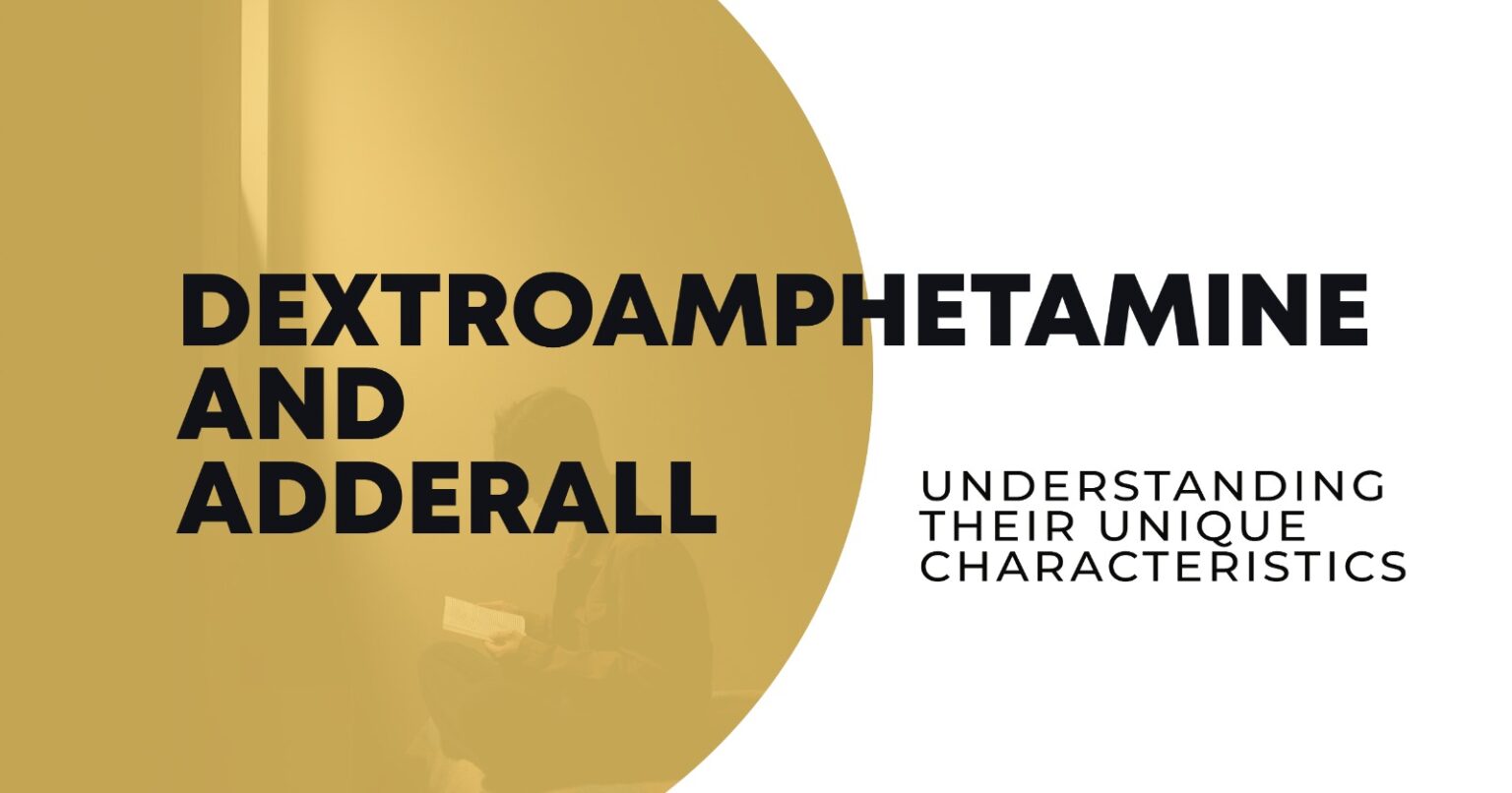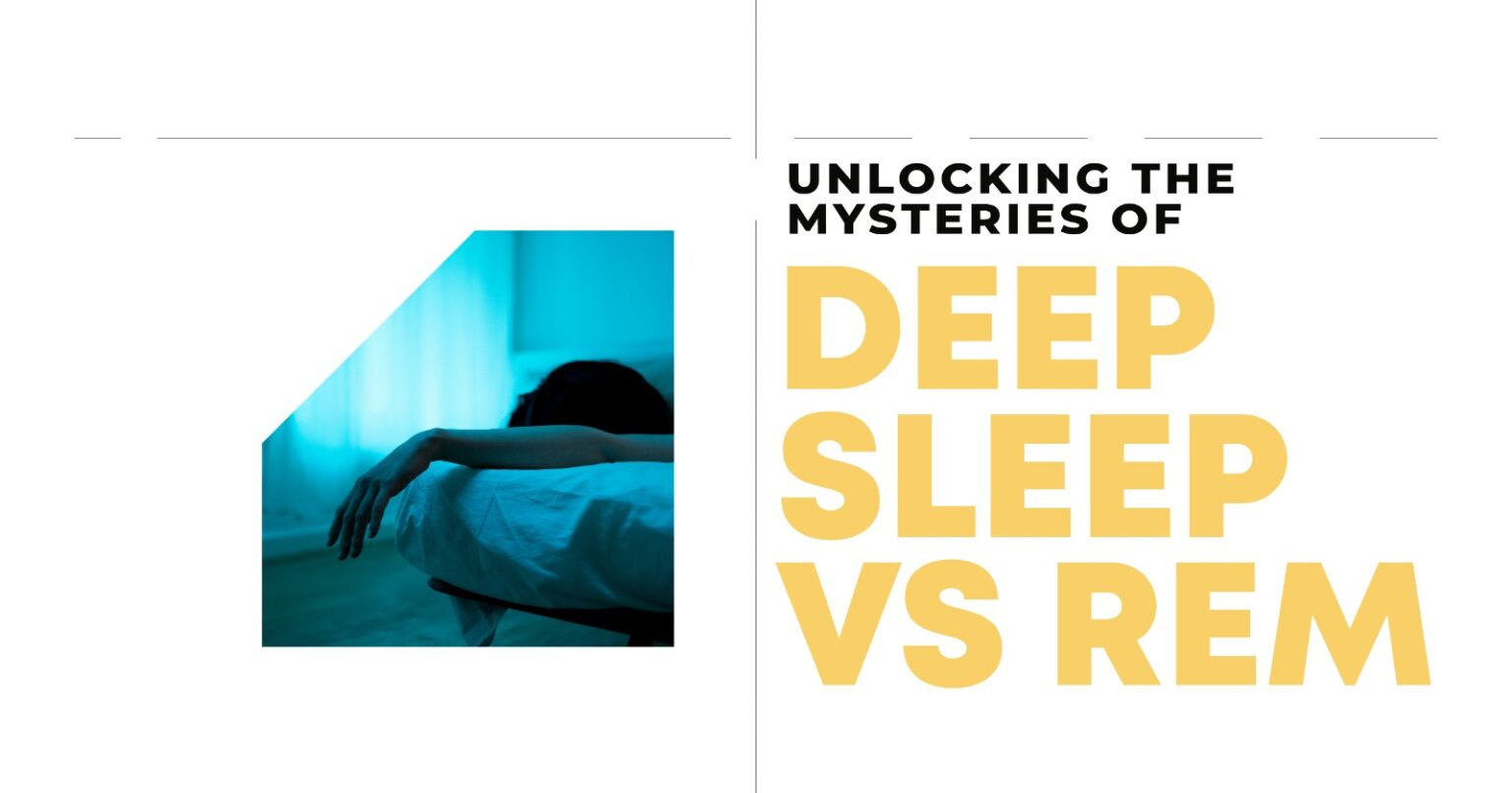Post-Traumatic Stress Disorder is a psychological disorder affecting anyone who has witnessed or experienced a traumatic event. Even though many people associate PTSD in adults with members of the military, this condition may arise from a variety of traumatic incidents such as accidents, assaults, natural disasters, or even the death of a loved one.
It is crucial for both those affected by PTSD and the future professionals who will aid in its treatment to understand the symptoms, causes, and available support for this condition.
In this blog, we will explore the common symptoms of PTSD in adults, its potential causes, its impact on daily life, treatment options, coping strategies, and ways to support loved ones. If you or someone you know is struggling with PTSD, remember that help is available, and seeking support is the first step toward healing.
Common Symptoms of PTSD in Adults
The PTSD symptoms in adults differ from one individual to another. Some will have severe, intrusive symptoms, while others may have mild symptoms. However, with the above description of symptoms common to people, it will be easier for them to realize if they or their loved ones are suffering from PTSD.
Intrusive Memories and Flashbacks
In adults, the most common symptom of PTSD is intrusive memories or flashbacks. These can occur at any time and force the person to relive again what happened in that traumatic experience as though he or she had witnessed it firsthand. Flashbacks tend to break off upon the stimulation of some visual, auditory, or even olfactory stimulus that would remind the person of his traumatic experience.
Avoidance and Numbing
A person with PTSD will probably try to avoid reminders of the trauma. This might be recollections that would surface in certain places or among particular people or when engaging in specific activities. For others, such avoidance can be an emotional shutdown whereby an individual feels numbed out or out of touch with the world and their relationships.
Hyperarousal
The third manifestation of pathology related to PTSD symptoms in adults is the state of arousal. Individuals become easily startled or are overly sensitive to their environment, and this might result in irritability, difficulty sleeping, and even increased anxiety. For others, feeling “on edge” may just be exhausting and disabling.
Negative Thoughts and Feelings
Many people with PTSD will find that they promote negative thoughts such as guilt, shame, or hopelessness. This will lead them to feel isolated because they feel a sense of disconnection from others. They may feel worthless or that they will never again be normal.
Physical Symptoms
Although PTSD is considered a mental disorder, there can also be physical manifestations. For example, individuals have reported chronic pain, headaches, gastrointestinal issues, or even heart palpitations. These physical symptoms are usually caused by the post-traumatic stress brought about by the anxiety and stress that PTSD induces.
Shine Mental Health
Causes and Risk Factors of PTSD in Adults
Although everyone is at risk of developing PTSD after a traumatic event, certain risk factors can predispose one to the disorder.
Traumatic Events
The most significant cause of PTSD in adults is experiencing or witnessing a traumatic event. Such events vary and may be:
- Combat or military service
- Physical or sexual assault
- Natural catastrophes such as earthquakes or floods
- Serious injury that involves bodily harm, such as in car accidents
- Sudden death or severe disease of a loved one
- Childhood abuse or neglect
Not everyone who experiences trauma will develop PTSD, but traumatic events are the primary trigger.
Genetic and Biological Factors
Research studies suggest that some genetic factors might predispose people to more vulnerability toward PTSD. For example, individuals with psychiatric disorders in the family lineage have a higher risk, and there is evidence to suggest that differences in brain structure and function are also involved, as has previously been described about how people might process traumatic events and respond to stress.
Previous History of Trauma
Those individuals who have suffered trauma during the early years of their lives may also be vulnerable to PTSD in later years. A series of successive traumatic events tends to accumulate and act as a resultant effect, thereby raising the chances of developing PTSD. The individual finds it difficult to process trauma and come to a term with it over time.
Lack of Support System
A strong support system is a risk and protective factor for the development and seriousness of PTSD in adults. People who do not have social support or lack a high degree of support from family, friends, and professionals may be unable to recover. It can heal individuals who possess extensive networks of supportive people.
How PTSD Affects Daily Life in Adults
PTSD in adults doesn’t just affect emotional and mental well-being; it can have a profound impact on daily life. The persistent symptoms can interfere with work, relationships, and other essential aspects of life.
| Impact Area | Description |
Workplace Challenges | Focus issues usually thwart productivity and performance. Such individuals easily divert or become overwhelmed by reminders of their trauma about concentration, making it a nightmare. In the process, this may lead to absenteeism, low job satisfaction, and avoidance of certain tasks or workplaces. |
Strained Relationships | Most cases of PTSD can exert extreme stress on the personal relationships of victims. People close to the victim cannot understand the seriousness of the condition. As a result, the victim keeps people at a distance or behaves irritably. The emotional distance causes misunderstandings and frustrations, making healthy relationships difficult. |
Social Withdrawal | Most adults suffering from PTSD become socially withdrawn. They shun social activities because they might be criticized or judged or shy. Once the patient becomes withdrawn, he will experience increased loneliness and hopelessness, which complicates the process of recovery. |
Mental and Physical | Degeneration of Chronic PTSD Chronic PTSD condition can lead to other health conditions such as depression, substance abuse, and other anxiety conditions. The constant stress of PTSD can also weaken the immune system, disrupt sleeping patterns, and result in other physical problems such as heart disease. |
Support and Treatment Options for PTSD in Adults
Even though PTSD symptoms in adults are overwhelming, relief and recovery are possible for PTSD treatment. Treatment should be started early because the sooner treatment starts, the more effective it becomes.

Cognitive Behavioral Therapy (CBT)
- A prevalent and highly effective treatment for PTSD.
- Promotes an understanding of how thoughts connect to feelings and behaviors.
- Teaches clients to confront and overcome invalidating thinking patterns while learning healthier, more realistic thought patterns.
Eye Movement Desensitization and Reprocessing (EMDR)
- This involves controlled eye movement during the processing of traumatizing memories.
- That neutralizes the charge of traumatic memories and assists the brain in “filing it” less distressingly.
Medication
- It can be used together with therapy for medication control of PTSD.
- Common drugs include ant-depressants, anti-anxiety drugs, as well as sleep aids.
- All should be from a doctor, but medication should only be applied under strict observation by the doctor.
Group Therapy and Support Groups
- Enables individuals suffering from PTSD to share experiences and learn from others who have similar or worse experiences.
- Helps develop a community to overcome the loneliness that goes with PTSD.
Other Alternative Therapies
- Include Acupuncture, yoga, art therapy, and mindfulness practice.
- This would have helped people relax, reduce stress, and manage their emotions more accurately.
Shine Mental Health
Self-Care Strategies and Coping Mechanisms for PTSD
Where adult PTSD treatment is very imperative, there are also different ways through which a patient’s self-help in handling PTSD can be enhanced on a day-to-day basis.
| Coping Strategy | Description |
| Mindfulness and Meditation | Mindfulness and meditation help in reducing stress and anxiety associated with PTSD. These practices make a person conscious and stay present, reducing the mastery of intrusive memories and flashbacks. |
Exercise | Engaging in physical activity is a natural stress reliever, releasing endorphins that improve mood and alleviate anxiety. Regular physical activity helps manage PTSD symptoms in adults and can have beneficial effects both on mental and physical health. |
Healthy Sleep Habits | One of the common complaints individuals with PTSD express is that they experience sleep disturbances. Developing a plan for sufficient rest time, avoiding high consumption of caffeine beverages, and designing a quiet surrounding can soothe a person and minimize worried thoughts at night. |
Writing and Creative Therapy | Writing down feelings and emotions may help understand a patient’s feelings and thoughts. Writing sometimes enables the organization of several thoughts into a coherent sequence. In addition to writing, therapy can be sought through creative activities such as painting or music. |
Seeking Support for PTSD: How Family and Friends Can Help
Support from loved ones goes a long way in managing PTSD. Friends and family can be critical in recovery by being supportive, compassionate, and patient.
Being There to Listen
There are times when the best thing to do in support of someone with PTSD is just to listen without judgment. Sometimes, it becomes such an effort to provide a non-judgmental space for them to express their feelings, allowing thoughts to be validated and considered.
Encouraging Professional Help
Let them seek PTSD support, or urge someone you care about to seek professional help for PTSD. Help them find a therapist and attend any subsequent appointments, but respect them if they are not ready for treatment.
Understanding Triggers
Learn to recognize those triggers that may cause a PTSD flare-up. The symptoms can be curtailed by avoiding situations or environments likely to cause anxiety, but it is best to work with a therapist to manage this healthily.
Final Discussion: Overcoming PTSD and Finding Help
PTSD in adults is such a severe disorder that interrupts many aspects of life, but there is the possibility of treatment. PTSD treatment with the correct therapeutic intervention, alongside medication and self-care, enables individual recovery and control over one’s life.
If you or someone you know suffers from PTSD symptoms, remember that there is always hope for recovery and that support should not be far behind the healing process. It may be lengthy before the journey to recovery, but with a bit of effort, one can make peace and fulfillment of the life they were living.

Shine Mental Health
FAQs
- What are the most common PTSD symptoms in adults?
The general PTSD symptoms in adults involve involuntary re-experiencing of the traumatic event in any form (for example, flashbacks, intrusive memories), avoidance of trauma-related cues, persistent hyperarousal of the body, for example, excessive anxiety, irritability, and sleep difficulties, and many negative thoughts or feelings. PTSD sufferers may also experience emotional numbing and a failure to maintain effective relationships with friends and family.
- Can adult PTSD treatment help someone fully recover?
While it minimizes the symptoms and improves the quality of life while on adult PTSD treatment, recovery is individualistic. Most people can cope with their symptoms and learn effective living, although better therapy, medications, and support systems are used. Healing is a process, and the goal often is to regain control and strength.
- How can I help a loved one who is struggling with PTSD?
Supporting a patient who has PTSD is a severe and tiresome matter that requires one to understand; it also needs not judging the other person. Ensure they feel comfortable to seek professional help as well. Also, be ready when they want to talk, but don’t force them before they are ready. Knowing more about PTSD also helps; it allows you to understand their experiences.
- What are some self-care strategies for coping with PTSD?
The ways to cope with PTSD effectively are regular physical activity, mindfulness or meditation practice, healthy sleep, and creative outlets like journaling or art. Other helpful strategies include building an effective support system and therapy to process emotions and experiences.
- When should someone seek Support for PTSD?
If the PTSD symptoms and the individual undergoing flashbacks, nightmares, severely disturbing anxiety, or emotional numbing identify them, then getting proper help is suggested. This is because early intervention is the best course for managing symptoms effectively. In case such a condition impacts daily functioning or relations, Support for PTSD can offer relief and healing.
